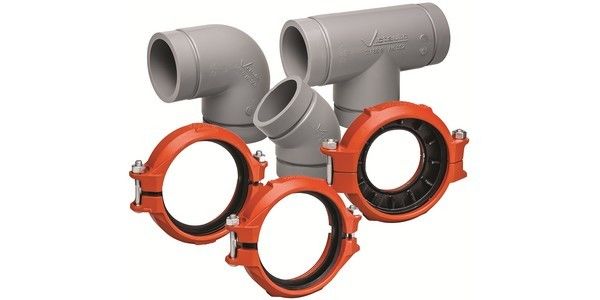Comparing The 2 Common Rubber Gaskets – Silicone and Neoprene
Understanding Silicone Rubber Gaskets And Their Uses
December 16, 2018
Getting The 101 On The Process Of Rubber Moulding
January 16, 2019A gasket is a device that protects any machinery from harmful weather conditions. They allow a machine to work at optimal performance by reducing the risk of irreparable damage. They do so by:
• Keeping out water
• Protecting from dust and dirt
• Keeping the machinery debris free
Out of all materials, there are two that are adequately employed for making gaskets – neoprene and silicone. They are used because both are durable, versatile and flexible: the three qualities needed by a gasket. Choosing which type of rubber gasket should be appropriated needs careful consideration. There are a number of elements that have to be borne in mind. In this article, we explain the benefits of both materials and then give a comparison to help make the decision.
What are the Benefits of Silicone and Neoprene ?
• Neoprene Gasket
Made out of chloroprene, this gasket is a synthetic rubber with great versatility. The durable material with excellent resilience can withstand a temperature range of -40°C to 120°C. It is chemically stable, has resistance to both ozone and UV damage along with petroleum-based fuels and oils. Some advantages a neoprene gasket brings are:
o Environmental resilience due to resistance to water and corrosion
o Chemical resistance due to no affected by conventional fluids
o Decent thermal stability
o Good physical attributes
• Silicone Gasket
These rubber gaskets are available in solid, foam and sponge ranges and all of them exceedingly inert. A silicone gasket comes with the following benefits:
o Extreme flexibility ensures it doesn’t crack in low or high temperatures
o Exposure of water doesn’t cause it to breakdown
o It is shrink-proof, therefore doesn’t reduce in size over time
o Not susceptible to attack from ozone and UV which makes it vastly weather resistant
Comparing Neoprene With Silicone Gaskets
When considered from the surface, both materials have similar applications and characteristics. The differences become apparent with a more in-depth study of the gaskets. For example, silicone is better utilised in places where there is an extreme temperature environment or exposure to weather. On the other hand, neoprene is better wielded in situations that require tear-resistance and oil-resistance.
It is vital to consider the pro and cons of each material before deciding which gasket to use. Ensure that the properties meet the demands of the application. Also, one material is not better than the other. It is the needs that decide the worth.
Know More About : Understanding Silicone Rubber Gaskets And Their Uses

